“What do you do when you have the power to not just impact your own life and the lives of those around you, but the very fabric of reality itself?” The is the question that was posed by the original Life is Strange, developed by Dontnod and published by Square-Enix in 2015. The answer was, well, up to you, the player, in the end, and that meant that you had to live with your choice and the mysteries of the future, as did Max Caufield, the game’s protagonist…until now.
First, a little history. Between then and now, Square-Enix has published 3.5 Life is Strange games: a prequel, Before the Storm, in 2017, an short semi-sequel, The Awesome Adventures of Captain Spirit, in 2018, a full sequel, Life is Strange 2, in 2019, and one final sequel, Life is Strange: True Colors, in 2021. Dontnod developed Captain Spirit and Life is Strange 2, but Before the Storm and True Colors were developed by Deck Nine. Dontnod parted ways with Square-Enix after Life is Strange 2, leaving Deck Nine in charge of the franchise, along with Square-Enix. And that brings us to today.
Spoiler warning: the original Life is Strange story and ending will be spoiled in this review
Rewind
Life is Strange: Double Exposure is the first direct sequel to Life is Strange, featuring the return of Max as the protagonist for the first time in nine years. At the end of the original Life is Strange, the player is presented with a choice: save your best friend, Chloe, and let a freak supernatural storm destroy Arcadia Bay, or let Chloe be murdered in a bathroom while the town survives. After making this choice, the game ended, with little to no information on what happened afterwards to our beloved Max (and potentially Chloe). Max and Chloe were mentioned periodically in the subsequent games, but they were Easter eggs for longtime fans. Now, after so much time, with a different developer at the head, can Life is Strange: Double Exposure do justice to Max’s story as a follow-up, or should Deck Nine have left her alone to rest? Let’s find out.
Life is Strange: Double Exposure takes place in 2023, a decade after the events of the original game, and Max is a 28-year-old kinda sorta college professor (I believe the actual title is Artist-in-Residence or Photographer-in-Residence), where she teaches a seminar to undergraduate students with whom you regularly interact outside of the classroom. It’s all a very informal environment, drinking at the bar together, attending campus-wide events, and things of that nature. Very early on, the game gives you the choice to say whether Chloe survived the original game or not, and references to Max’s trauma from the first game are altered to account for Chloe or the town’s survival. In my canon, Chloe survived (Arcadia Bay was, in my opinion, full of horrible people, so I had no qualms letting a supernatural storm destroy it), so that’s the perspective of this review. Max has finally started to settle down after spending a lot of time on the road with Chloe, as things with her former best friend (or girlfriend, your choice) went south as Max dealt with guilt for her choice and Chloe with survivors guilt, knowing how many people died to keep her alive.
Having settled into her new environment, Max has made a couple of friends with some other faculty, though it’s never particularly clear who is a professor or a graduate student amongst her friend group. Her two closest friends are Safi and Moses, although if you asked them, they may say they’re not sure how “close” Max is to them as Max has always been very secretive of her past and none of them know about her former power: in high school, Max had the power to rewind time. However, her time with Chloe on the road taught her that using her power never worked out well, and so she eventually stopped, and it went away…or so she thought.
After spending time with her friends watching a meteor shower one night, Safi steps away from the group for a few minutes, and when Max and Moses go to look for her, they discover that Safi has been murdered, shot in the chest. In the aftermath, Max and Moses are both stricken by grief. After Max spends some time on the campus and talking with various members of the school, she goes to talk with Moses to comfort each other. After Moses leaves, Max experiences something strange: she can still hear Moses, despite him having walked away. She realizes she has this pulsing power, and she can see an outline of Moses and the rest of the area around her. So, she follows Moses as he walks around and, eventually, she finds him talking to none other than Safi, whose dead body she had just found not two days earlier. In her desperate attempt to reach Safi, she manages to split open what looks like a portal, walks through, and sees Safi alive and in good spirits. Max now has a mystery on her hands. What just happened? Where is she? Did she manage to reactivate her rewind power and go back in time? Is this a new timeline? How is Safi alive?
And that, for all intents and purposes, is what this game is about. Answering those questions, figuring out: What is going on? What is this new power? How does it work? And, most importantly, can she prevent Safi from being murdered?
The gameplay is simple: you control Max with the analog stick or with keyboard and mouse, and you walk around examining objects, talking to people, and solving very light puzzles by making use of Max’s power. Max has two powers in Life is Strange: Double Exposure, her pulse power to see what’s happening in the other world from her current one, and the ability to shift between those two worlds at certain locations. Sometimes, you need to listen in on a conversation from the other world or change worlds to get around an obstacle. It’s all very simple, but it’s enjoyable to play because of its simplicity; you’re not going to be taxing your brain. Double Exposure takes place over the course of five chapters, each roughly the same length, with chapters 4 and 5 being on the shorter end. The whole game took about 15 hours, and the game is very well paced, with one minor exception being that there were times where I felt that chapters 4 and 5 could have been a single chapter given their length.
As with all Life is Strange games, Life is Strange: Double Exposure’s main draw is the conversations and choices. Max talks…a lot. To other people. To herself. To a cat. However, it never comes off as annoying; the voice actress for Max, Hannah Telle, reprises her role from the first game, and she does an amazing job. Max is just…Max. She is exactly who she was in the original game, but older, more mature, more sure of herself, but just as dorky and corny as ever, and it’s incredibly charming. Deck Nine really managed to capture the charm of the original Life is Strange, and specifically the charm of Max, in a way that I was quite astounded by but also immediately bought in on. I immediately said, “This is Max,” after starting the game and playing for the first few minutes, and it was a great relief.
In fact, all of the characters in this game are incredibly well-acted. I was genuinely engaged by the conversations, and even some of the conversations that take place between characters without involving Max are fun to follow. For example, an assassin game is ongoing through Double Exposure in the background; you regularly come across Timid Boy and Goth Girl discussing it, and you get to see how their relationship evolves in each of the five chapters. The main cast to the side characters, everyone is giving it their all at all times, and even characters that some my find to be annoying are because of their personalities and not because of their actors’ performances.
The conversations Max engages in regularly present dialogue choices, which display a short summary of what she’s going to say to the other character, and they do an admirable, but not perfect, job of conveying the tone that Max is going to speak in. At certain points in the game, you’re presented with critical choices that will pause the world and tell you to choose between them, and these are supposed to have a major impact on what will happen. However, in my experience playing it, I don’t feel as though I really noticed most of my decisions having a major impact on the overall story. I didn’t feel like I had upset a character to the point where they weren’t going to show up in a scene, or did anything that will have a major impact on the emotional state of the characters. The best example I can give of this from the original Life is Strange is one moment where a character, Kate, is about to commit suicide, but depending on a few choices Max made, you can talk her down. There is nothing like that in Life is Strange: Double Exposure, and that’s probably the biggest disappointment in a game full of surpassing expectations.
No Need to Rewind
Regarding performance, this game ran extremely smooth on my PC and I never noticed any frame drops or hitching during gameplay, but maybe a few during a scene transition with a loading screen. Having played True Colors, the 2021 release on this PC just in July of 2024, I can say this game is better optimized and runs much better. I had no crashes, one visual bug, and no real problems of any sort. They also have clearly stepped up on the motion capture and facial animations; everyone looks so good and is perfectly captured in the Life is Strange art style while still having synced lips and true emotion in their faces. I have some minor qualms with some decisions Deck Nine made, though these have been true for a while. There’s no manual save feature, so you cannot save the game and quit. You instead have to watch out for the icon on the bottom right of the screen telling you that the game saved so you know it’s safe to exit without losing progress. And, if you do lose progress, there’s no way to skip the dialogue, which is an extremely annoying issue that was in both True Colors and now Double Exposure.
Life is Strange: Double Exposure is the sequel that nobody expected or really wanted, and yet it is exactly what the fans of the franchise deserved. It’s a worthy follow-up to Max Caufield’s original journey and an excellent chapter in Life is Strange. This sensational game has left me eager to see where Deck Nine goes next.
You can find Seasoned Gaming’s review policy here

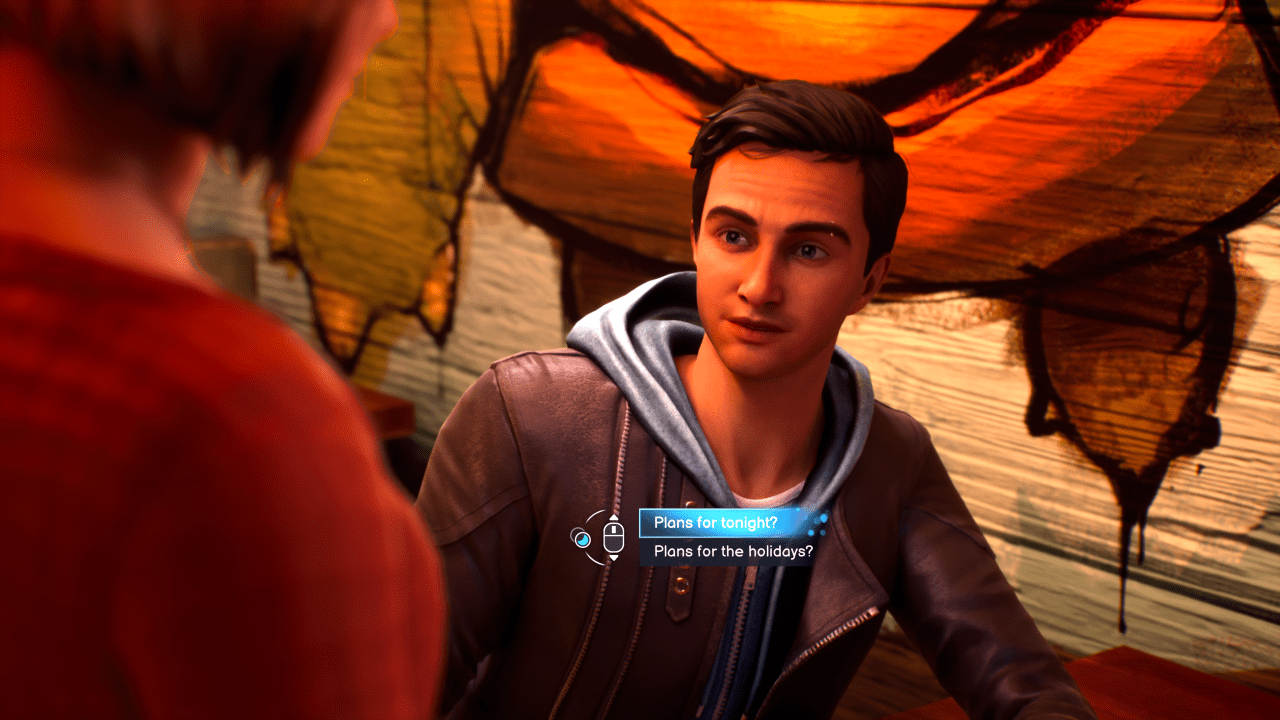
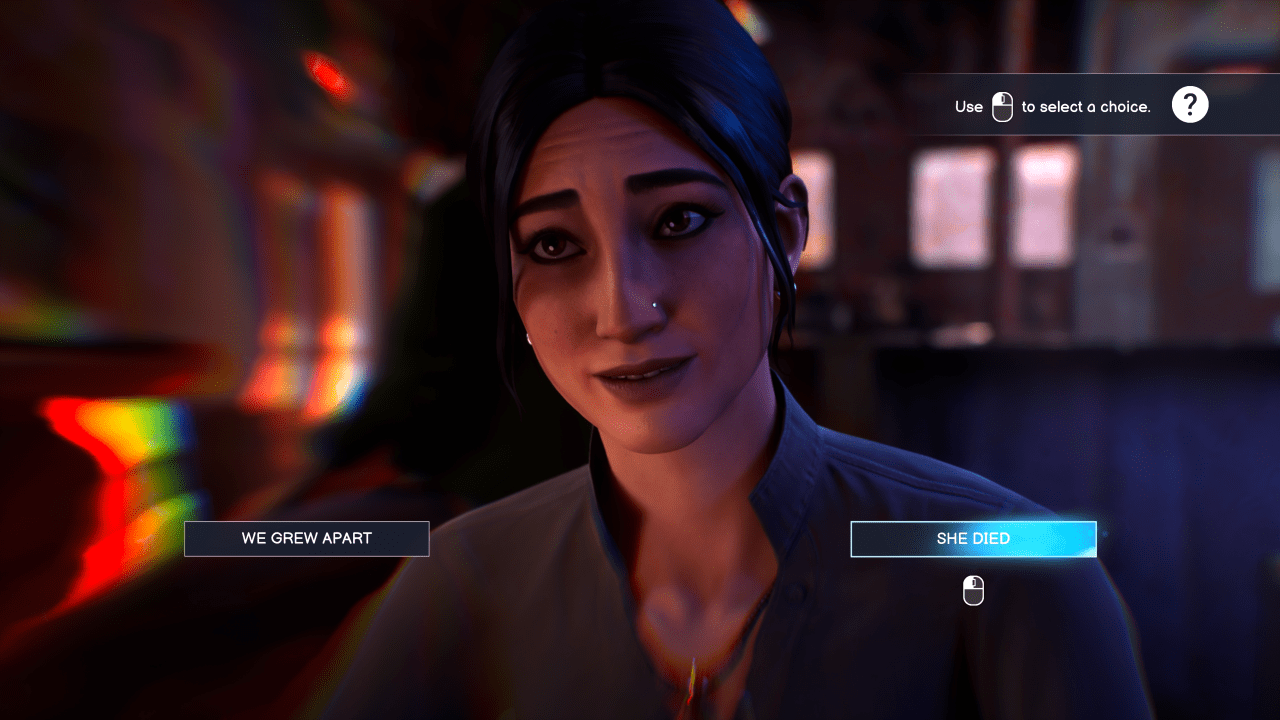
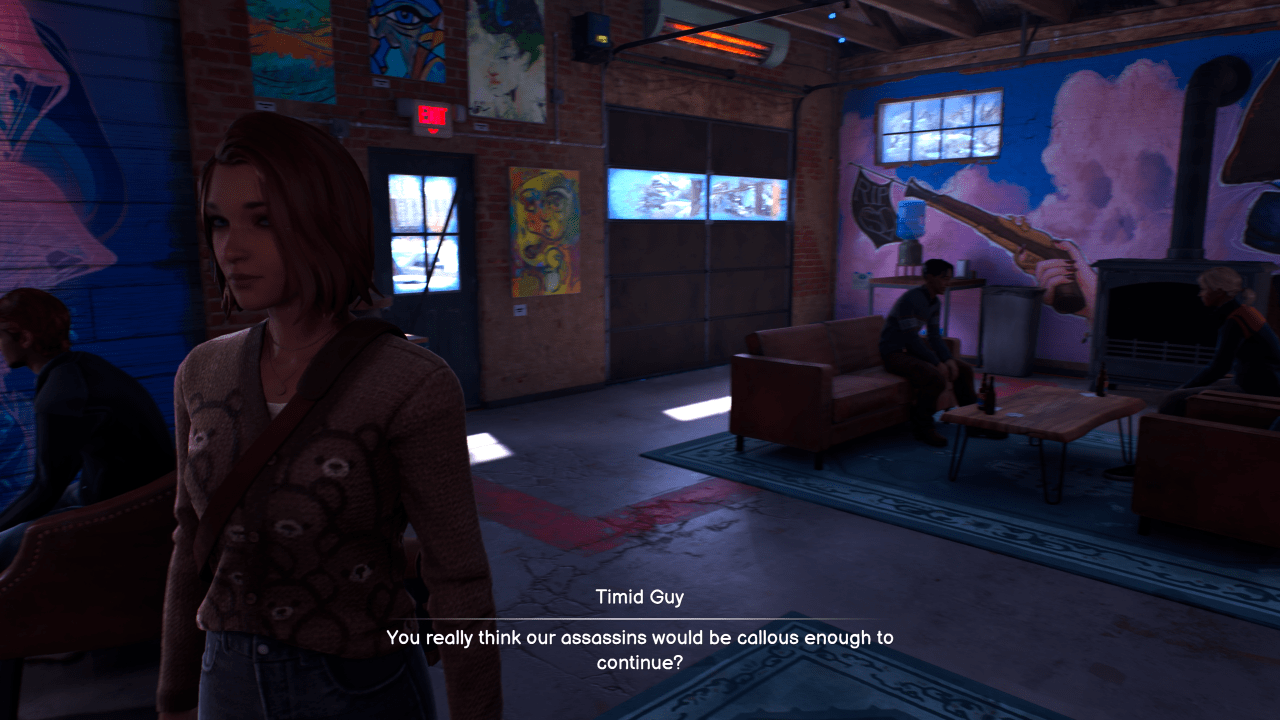
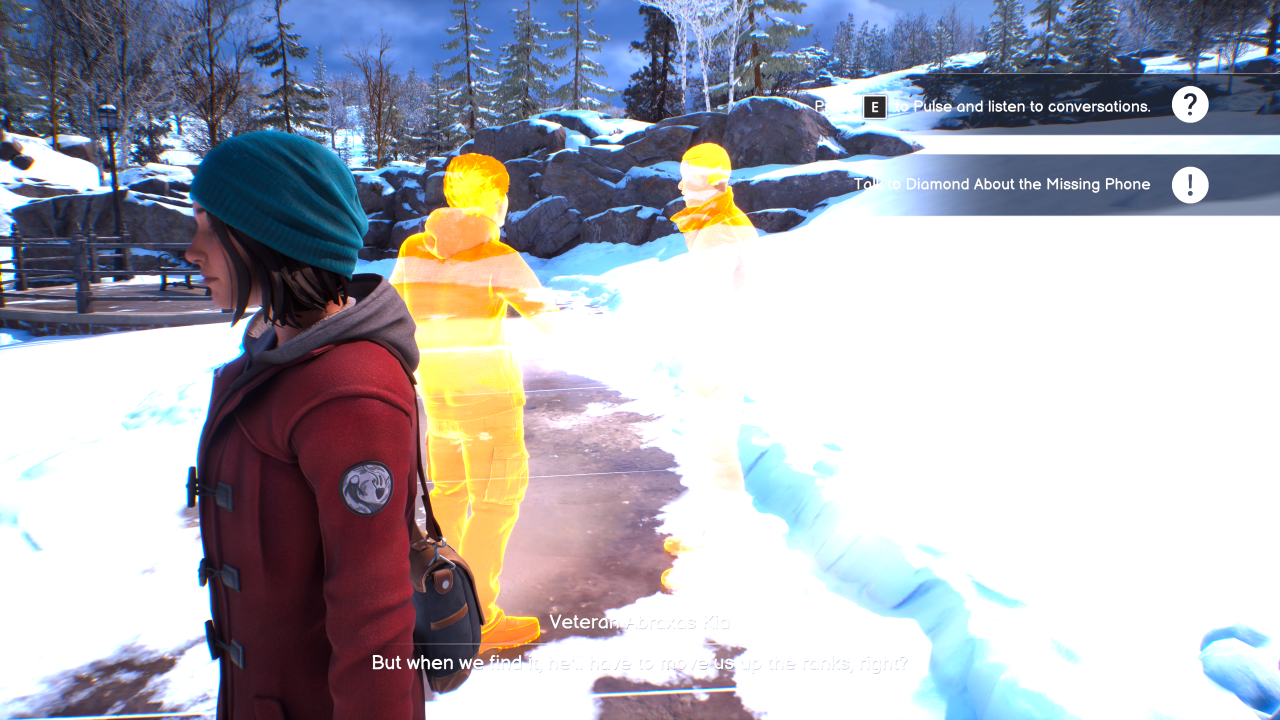
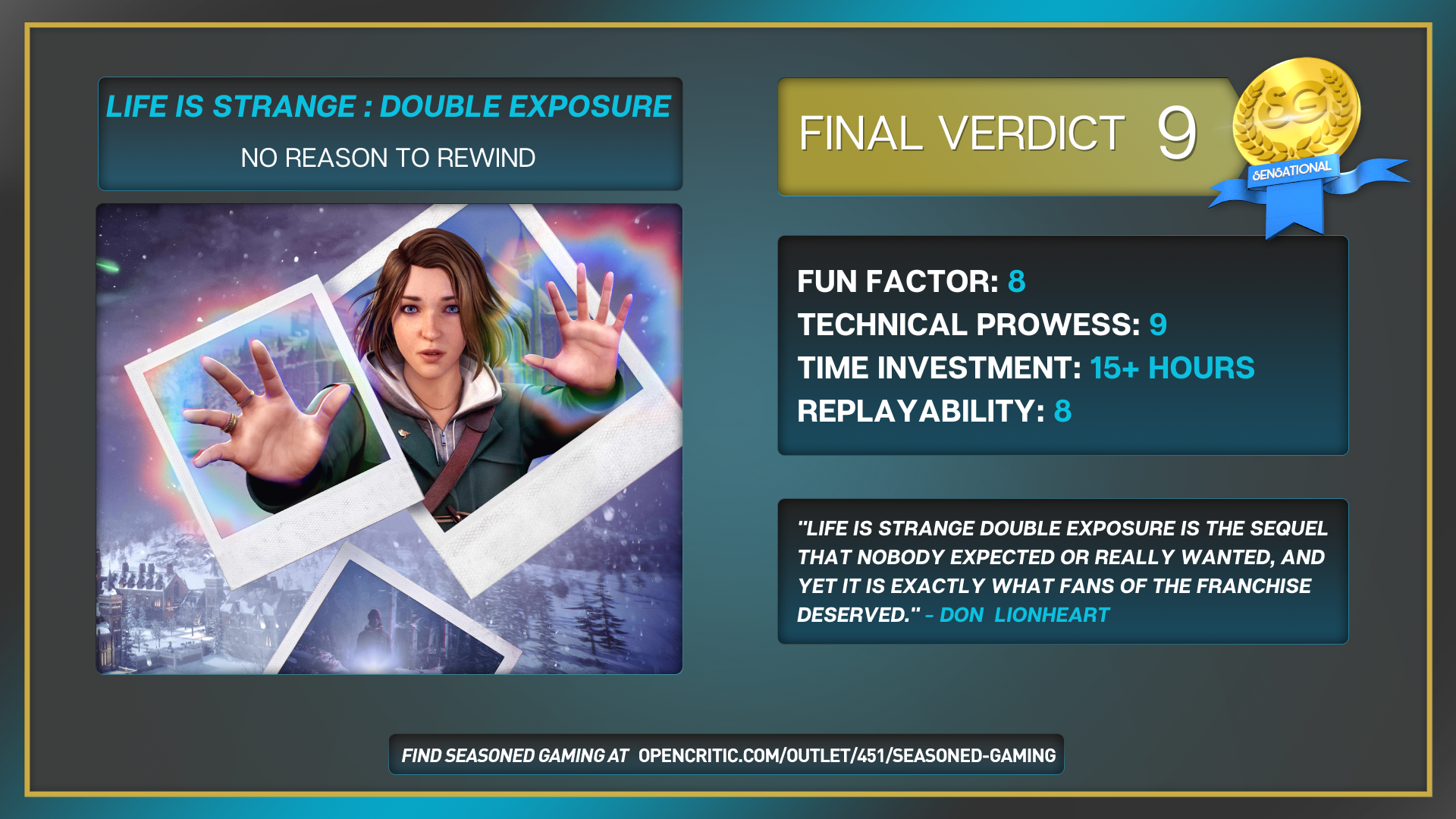

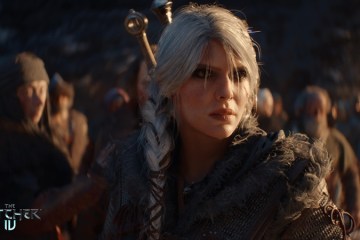
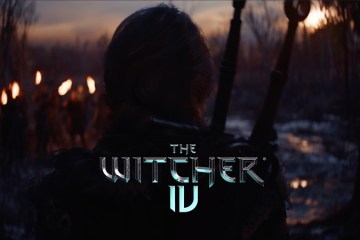
I disagree. The story was badly paced and didn’t make sense (not in a timeywimey way). Will I still play every single one that comes out? Yes! 7/10